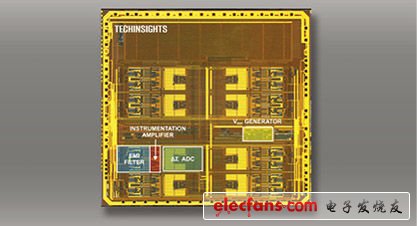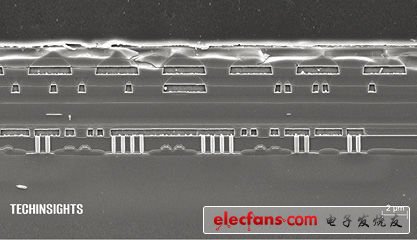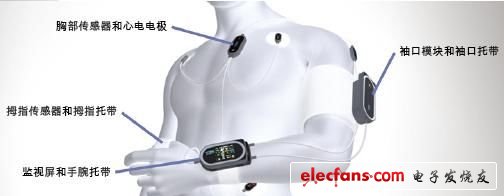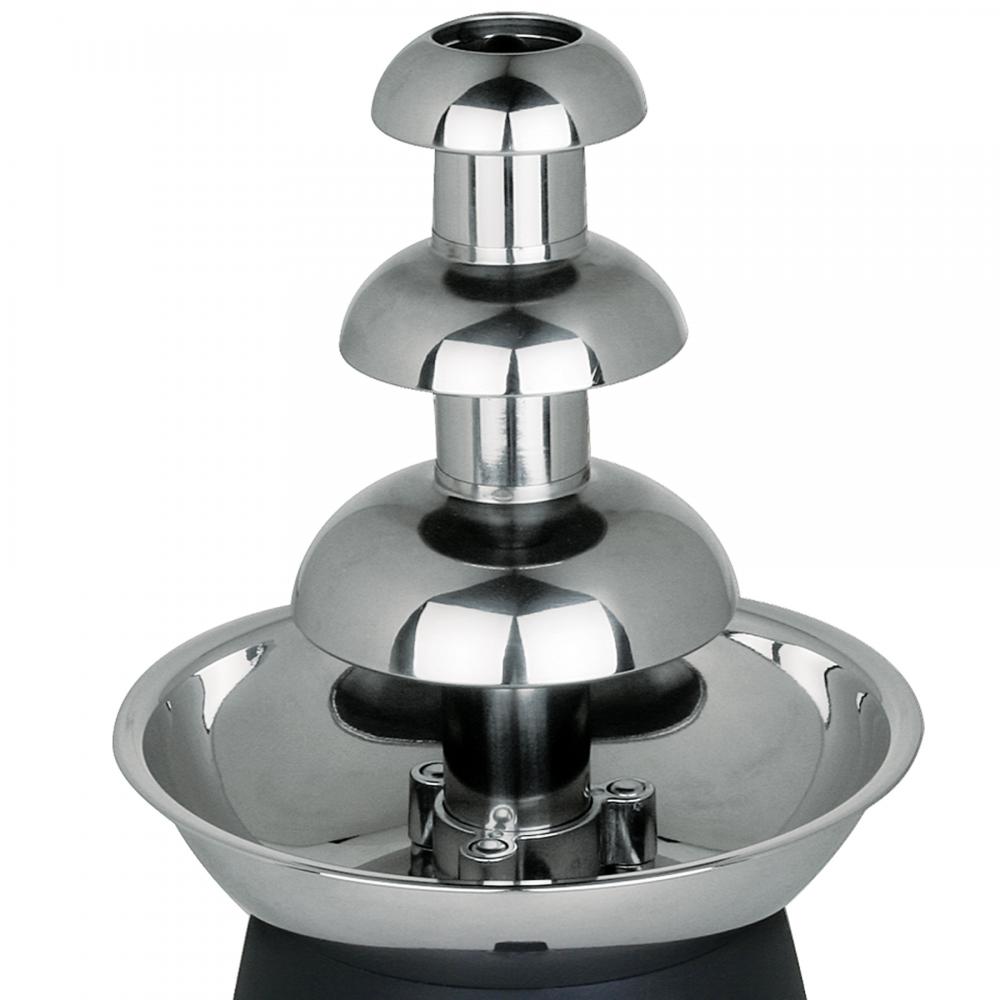The advancement of health care equipment is really exciting. Improvements in the design of nursing equipment can deploy vital sign monitoring functions into the hands of athletes and fitness enthusiasts, and more importantly, new patient monitoring equipment can improve comfort and improve hospitalization.
Until recently, the portability of vital sign monitoring systems was still very limited because of their large size and power consumption. Therefore, continuous clinical monitoring can only be used for critical patients, and 60% to 70% of patients can only be monitored regularly. If an affordable low-power portable monitoring system can be realized, the safety, monitoring effect and comfort of patients will be significantly improved. These attributes can also extend this equipment series to non-hospital environments for the monitoring of patients with chronic diseases.
Chips from TI play an important role in the evolution of such devices. The ADS129x series of devices released in 2010 provide a fully integrated analog front-end (AFE) function that can be used in patient monitoring, portable, and high-end electrocardiogram (ECG) and electroencephalography (EEG) devices. The team of engineers who develop this integrated circuit must balance some challenging design goals: power consumption per channel is less than 750uW, noise conforms to the IEC ECG standard (10uVp-p input), and the size is 8mmx8mm to support portable and disposable ECG SMD applications, and low cost.
Let's take a closer look at ADS1298, one of the members of the ADS129x series of devices. Figure 1 is the bare chip photo of the device. ADS1298 is an 8-channel, 24-bit integrated analog front end developed for ECG / EEG applications. It adopts 8mmx8mm BGA package, and the die size is 6mmx5.6mm. After careful layout design by engineers, ADS1298 integrates 43 discrete IC functions with a combined area of ​​up to 1800mm2.

Figure 1: TI's 8-channel, 24-bit integrated analog front-end device ADS1298 plan view. On this 8mmx8mm die, the functions of 43 independent ICs are integrated.
Because the input signal in these applications is very weak, the design needs to pay special attention to the input impedance. The differential input signal removes 1 / f noise (also known as flicker noise) through an EMI filter module and a low-noise chopping stable PGA. TI engineers have designed a new analog-to-digital converter (ADC) core for the ADS129x series based on the delta sigma (differential sum) converter. This ADC is particularly sensitive and consumes three times less power than competing products. In addition, a 1.2V bandgap circuit is used to provide a high-precision reference voltage (Vref) signal.
In addition to the highlights in layout, we also found that electrical isolation is also the focus of design and processing. Decoupling capacitors are widely used in the design to achieve electrical isolation between circuit modules, and there are triple potential well structures to achieve complete electrical isolation.
Learn more
Going a little deeper, Figure 2 shows the SEM cross section of the ADS1298. As can be seen from the figure, the ADS1298 uses a robust, high-yield 0.35um 4-layer aluminum Bi-CMOS process. Bi-CMOS technology and low-noise bipolar amplifier achieve the low power consumption and low noise performance of ADS1298.

Figure 2: SEM cross-sectional view of the TI ADS1298 chip, which shows the use of a mature, high-yield and reliable 4-layer aluminum 0.35um process.
The ADS129x series was applied to Sotera Wireless's ViSi mobile patient monitor, which received FDA certification in April 2012. Sotera Wireless ’first-generation system is a continuous vitals monitoring system used in hospitals. This system is small and can be worn on the wrist and includes 3 sensors: an optical thumb sensor for measuring pulse and SpO2; a chest sensor for measuring ECG / HR, breathing and skin temperature; a wrist module for single Inflation or automatic NIBP monitoring.

Figure 3: Sotera ’s ViSi mobile system takes full advantage of the small size and lower power consumption of the ADS1298 in a wrist-mounted monitor (Image source: Sotera Wireless)
The small size improves patient comfort and portability. The low cost of the system can bring the benefits of continuous monitoring to more patients. Versions under development that have not yet been approved by the FDA include more features, such as wireless connectivity. Jim Moon, CTO of Sotera Wireless, emphasized the importance of the ADS129x family of devices in the development of their equipment: "The TI ADS1298R analog front end for patient monitoring makes the implementation of the ViSi mobile patient monitor possible. The volume it offers is reduced And power consumption reduction is unprecedented. "
The medical electronics design field shares many engineering challenges with consumer electronics, and increases the requirements for high reliability. Devices like TI's ADS129x series are fully capable of meeting these challenges, and technological innovations in this area are well worth looking forward to.
General specifications
Size: 14'
Base speed: OFF/HEAT/FOUNTAIN Adjustable plastic feet: Yes
Bowl capacity: 2 pounds Fountain formed time: within 1 minute
Continued working hours: 4Hours
Technical specifications
Power: 35W Frequency: 50/60Hz
Voltage: 220-240V Cord length: 0.75m
Design specifications
Material body: PP Surface finishing: injected color
Material tower: Plastic Material bowl: Stainlesss steel
Dishwasher attachments: Yes
Approvals
GS/CE/CB/LVD/EMC/ROHS/LFGB/DGCCRF/ERP

2 Tier Chocolate Fountain,Chocolate Lollipop Maker,Chocolate Melter With Apple Shape,Chocolate Melting Machine
Housoen Electric Manufacture Co., Ltd. , https://www.housoenappliances.com